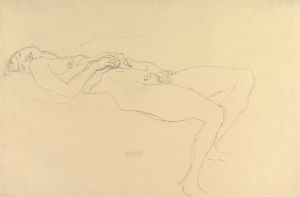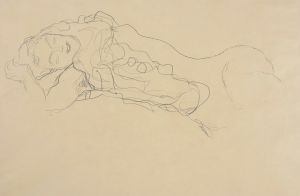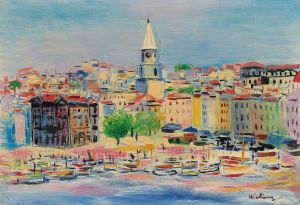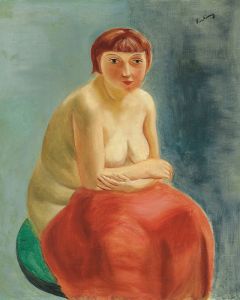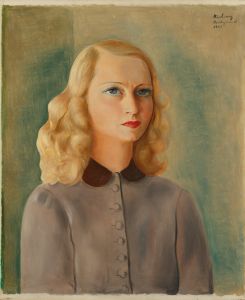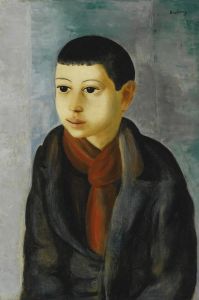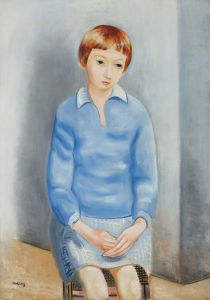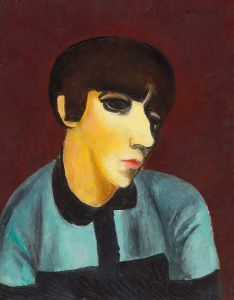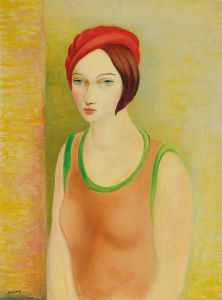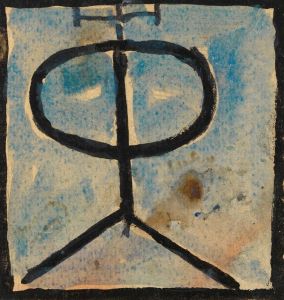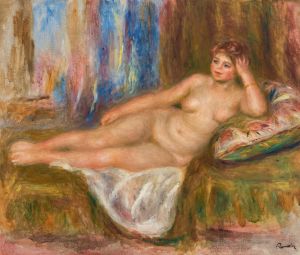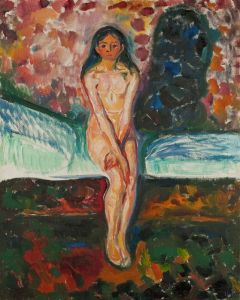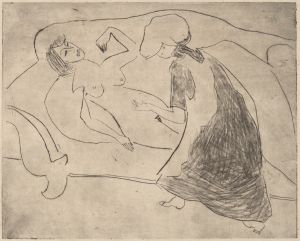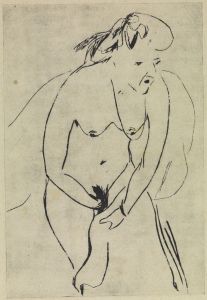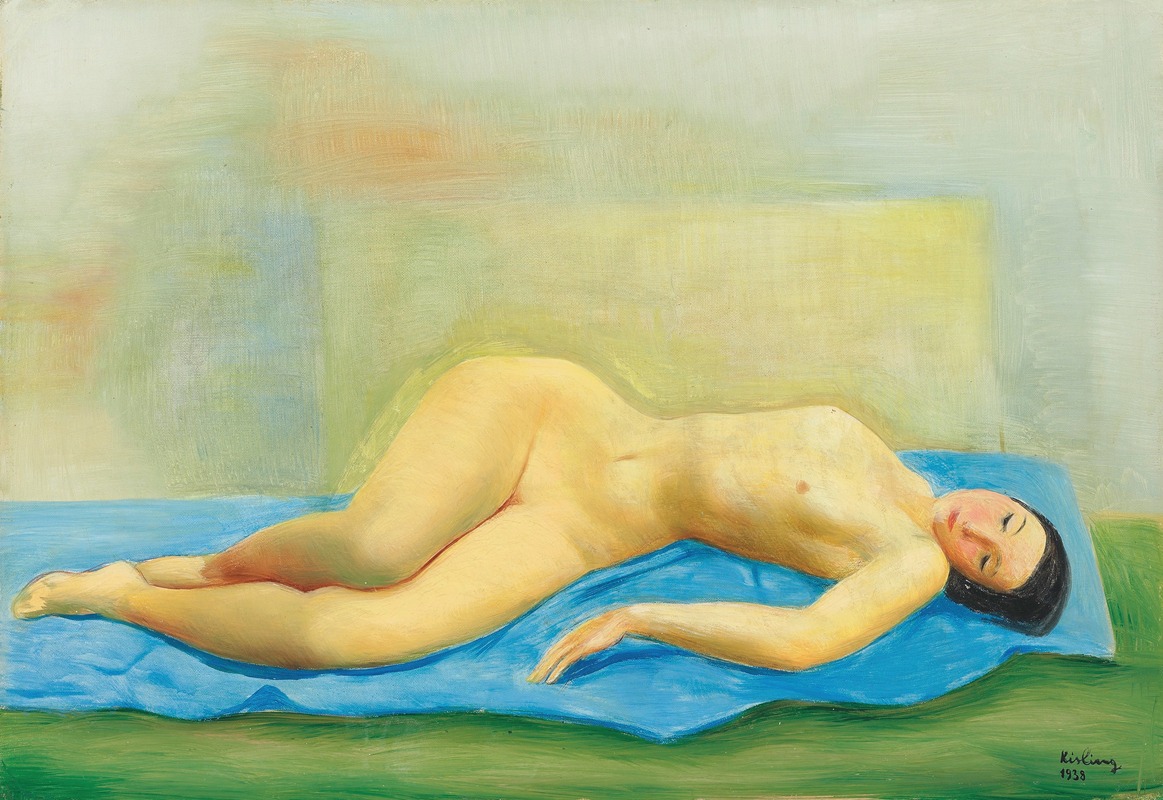
Jeune femme nue étendue
A hand-painted replica of Moïse Kisling’s masterpiece Jeune femme nue étendue, meticulously crafted by professional artists to capture the true essence of the original. Each piece is created with museum-quality canvas and rare mineral pigments, carefully painted by experienced artists with delicate brushstrokes and rich, layered colors to perfectly recreate the texture of the original artwork. Unlike machine-printed reproductions, this hand-painted version brings the painting to life, infused with the artist’s emotions and skill in every stroke. Whether for personal collection or home decoration, it instantly elevates the artistic atmosphere of any space.
Moïse Kisling's Jeune femme nue étendue (Young Nude Woman Lying Down) is a notable work by the Polish-born French painter, who was an influential figure in the École de Paris. Kisling, born in Kraków in 1891, moved to Paris in 1910, where he became part of the vibrant Montparnasse art scene, mingling with artists such as Amedeo Modigliani, Pablo Picasso, and Marc Chagall. Known for his portraits, nudes, and still lifes, Kisling's work is characterized by a blend of realism and modernist influences.
Jeune femme nue étendue exemplifies Kisling's mastery in depicting the human form, particularly the female nude, which was a recurring subject in his oeuvre. The painting portrays a reclining nude woman, rendered with a delicate balance of sensuality and elegance. Kisling's use of soft contours and a warm color palette highlights the subject's form while maintaining a sense of intimacy and subtlety. The composition reflects his ability to combine classical traditions with modernist sensibilities, a hallmark of his style.
The exact date of the painting's creation is not definitively documented, but it is consistent with Kisling's work during the 1920s and 1930s, a period when he gained significant recognition for his portraits and nudes. During this time, Kisling's works were celebrated for their technical precision and emotional depth, earning him a reputation as one of the leading portraitists of his era.
Kisling's artistic career was shaped by his experiences in both Poland and France, as well as his service in the French Foreign Legion during World War I. After the war, he became a naturalized French citizen and continued to develop his artistic practice. His works were exhibited widely in Europe and the United States, contributing to his international acclaim.
Jeune femme nue étendue is representative of Kisling's broader contributions to modern art, particularly his ability to merge traditional techniques with contemporary aesthetics. The painting remains an important example of his exploration of the human figure and his role within the École de Paris movement.
Further details about the painting's provenance, current location, or exhibition history are not readily available.





